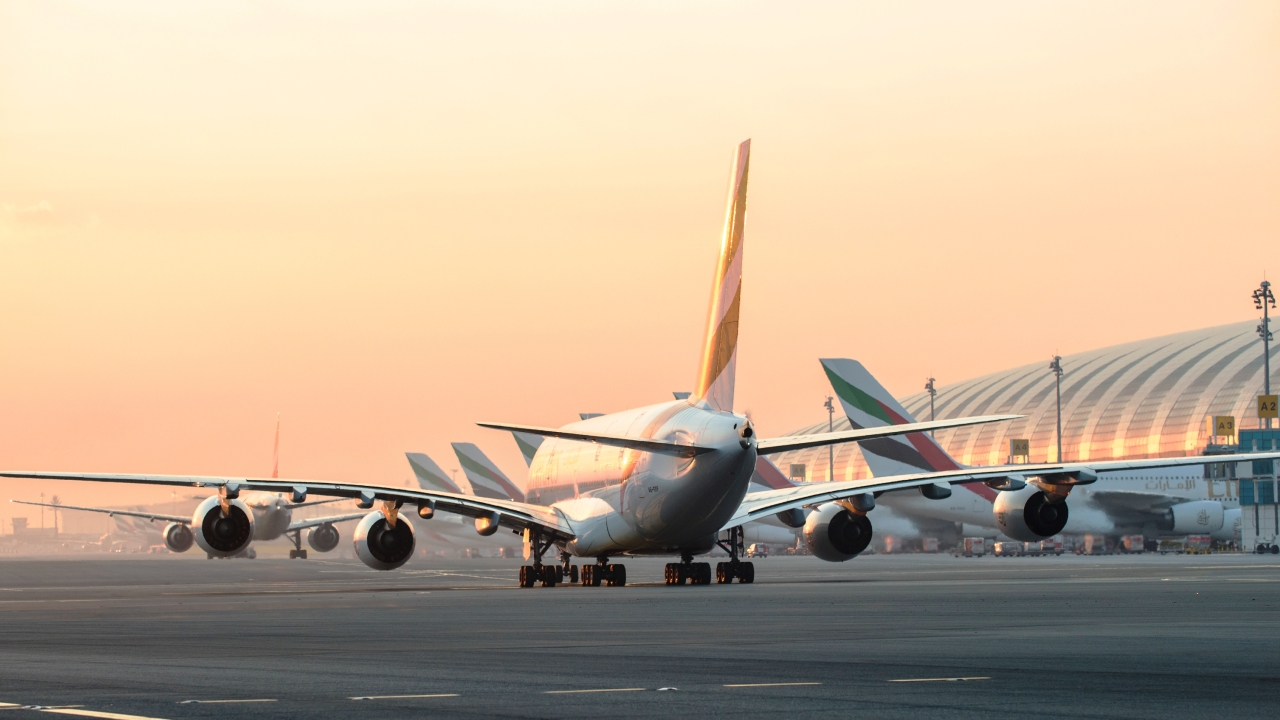Finding the key to unlock airport potential
For the first time in its 61-year history, Airports Council International (ACI) Africa themed an event around non-aeronautical revenues. It was during its regional conference & exhibition held from March 4-10 in Egypt. Anuradha Deenapanray reports.

The commercial viability of airports in Africa, and ways to boost travel retail in the region, came under the spotlight when the Egyptian Holding Company for Airports & Air Navigation (EHCAAN) hosted the conference in Luxor.
According to ACI, the conference “was a great success from a content, participation and organisation point of view”. It brought together speakers from airports, retailers and brands.
ACI Africa secretary general, Ali Tounsi, said the existing potential of Africa has yet to be realised. “There’s a need for a new vision as airports can no longer just depend on aeronautical revenues. They must invest in innovative projects and develop high-skilled human resources to face new challenges,” he told the conference.
But, there’s a growing awareness around this issue and efforts are being made towards a paradigm shift. At a time when airports are facing major challenges to realise sustained growth, non-aeronautical revenues can be a stable source to help recover operating costs and reduce the use of aviation taxes for future airport development.
“Today, airports are faced with limited possibilities to increase their aeronautical revenues. They really need to focus on non-aeronautical sources and work on appropriate and efficient strategies to come up with innovative products and diversify their portfolio to generate new income,” said Tounsi.
Accounting for only a little more than 1% of global duty free and travel retail sales, the African market is often described as the “sleeping giant” of the travel retail industry. The continent’s potential has attracted investment from a number of global airport retailers.
Duty free and travel retail revenue is crucial to the profitability of airports around the world. Yet the market is under constant threat from excessive regulation that can damage the ability to trade.
The push for the ban of tobacco at duty free, for example, will continue to pose a challenge for many airports, the conference heard. Airports will have to strive to increase revenue through other creative sources as local regulations make the sale of tobacco products more difficult.
ACI underlined that African airports do not benefit from the commercial revenue that travel retail stores could offer airports. “Travel retail in Africa is facing an increasing number of challenges and ACI Africa, alongside the Middle East and Africa trade body MEADFA, is fully committed to finding solutions for the industry,” said Tounsi.
Even though Africa has been lagging behind in real estate development around airports, airport cities and aerotropolises are concepts that are gaining momentum. During the last decade, there has been a shift towards leveraging the strategic and economic opportunities of this new business model, the conference heard.
Tounsi pointed out that “airports must take bold decisions to gear their management towards business, diversified products and client satisfaction”.
“Furthermore, investment in innovative projects and new technology should be based on public/private partnership. The aerotropolis concept can also trigger growth by attracting new commercial revenues,” he added.
Durban and Marrakesh airports showed how these models of economic and spatial development depend on strategy, capacity, urban planning, market demand, business and commercial attractiveness, connectivity, digitalisation and a balanced approach for economic, environmental and social benefits.
Panellists also addressed the impact of state policies and strategies (air liberalisation and route development) on air traffic and airport revenues. They discussed how to strengthen the relationship between airports and the tourism industry by understanding the African traveller’s behaviour and expectations.
The latest ACI world airport traffic forecasts (WATF) show that, by 2040, emerging and developing economies will account for more than 60% of all passenger traffic.
Africa has 12% of the world’s population but represents only 2.4% of the global air service market.
Traffic in the region will grow by 16% in the coming 12 months, according to the report. Northern Africa recovery will continue to fuel growth, which will increase by more than 26% during the same period.
The highest rate will be at Marrakesh Airport with 52%. Traffic at Cairo Airport is expected to grow by 16%, Casablanca 19% and Tunis by 9%. Traffic at Algiers Airport will decrease by 15%, especially with growing political uncertainties.
Saudi Arabia and the United Arab Emirates are projected to be among the fastest-growing markets till 2040.
Stay up to date
Subscribe to the free Times Aerospace newsletter and receive the latest content every week. We'll never share your email address.

